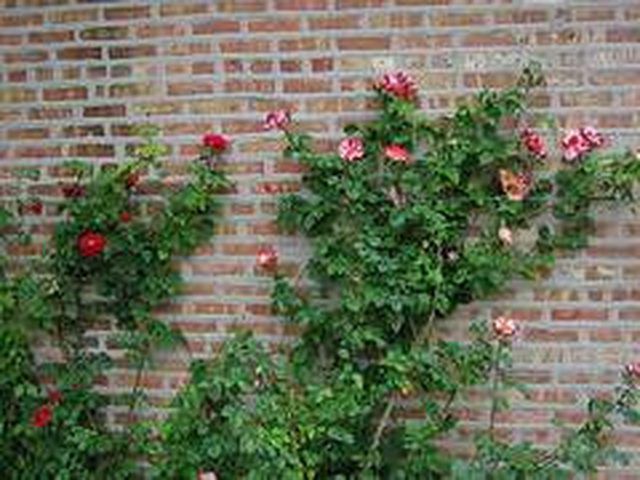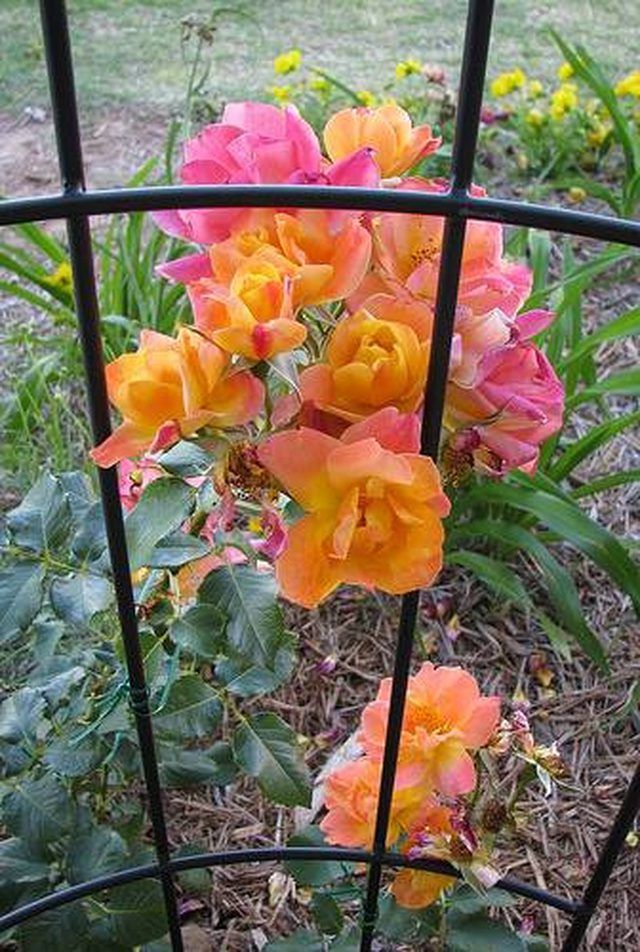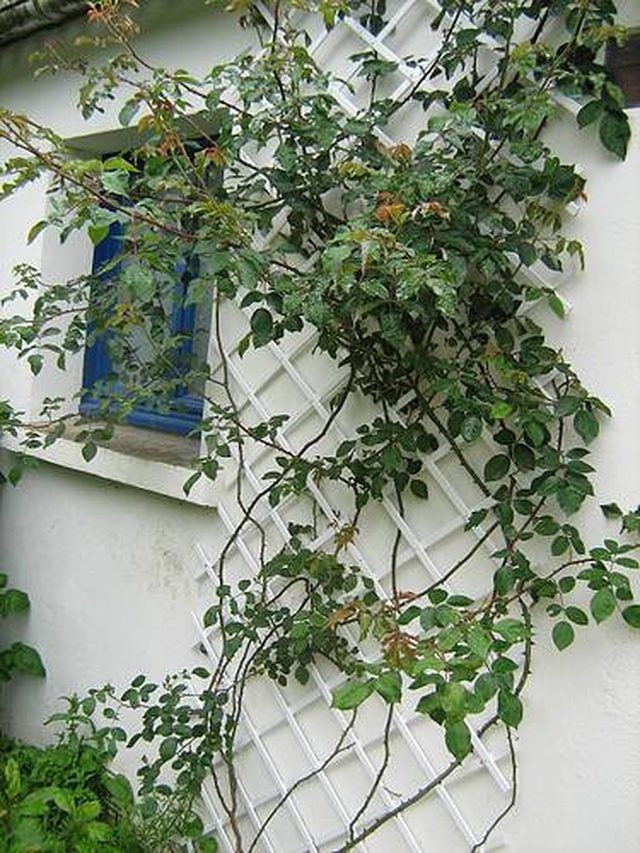Bulbs
Flower Basics
Flower Beds & Specialty Gardens
Flower Garden
Garden Furniture
Garden Gnomes
Garden Seeds
Garden Sheds
Garden Statues
Garden Tools & Supplies
Gardening Basics
Green & Organic
Groundcovers & Vines
Growing Annuals
Growing Basil
Growing Beans
Growing Berries
Growing Blueberries
Growing Cactus
Growing Corn
Growing Cotton
Growing Edibles
Growing Flowers
Growing Garlic
Growing Grapes
Growing Grass
Growing Herbs
Growing Jasmine
Growing Mint
Growing Mushrooms
Orchids
Growing Peanuts
Growing Perennials
Growing Plants
Growing Rosemary
Growing Roses
Growing Strawberries
Growing Sunflowers
Growing Thyme
Growing Tomatoes
Growing Tulips
Growing Vegetables
Herb Basics
Herb Garden
Indoor Growing
Landscaping Basics
Landscaping Patios
Landscaping Plants
Landscaping Shrubs
Landscaping Trees
Landscaping Walks & Pathways
Lawn Basics
Lawn Maintenance
Lawn Mowers
Lawn Ornaments
Lawn Planting
Lawn Tools
Outdoor Growing
Overall Landscape Planning
Pests, Weeds & Problems
Plant Basics
Rock Garden
Rose Garden
Shrubs
Soil
Specialty Gardens
Trees
Vegetable Garden
Yard Maintenance
How to Take Care of Climbing Roses
How to Take Care of Climbing Roses. Climbing roses are a great way to add new dimension--and height--to your yard or garden. They are typically easier to care for and more vigorous than other roses. If you have grown roses before, understand that caring for climbing roses is not exactly the same as caring for other types of roses. Although some of...

Climbing roses are a great way to add new dimension--and height--to your yard or garden. They are typically easier to care for and more vigorous than other roses. If you have grown roses before, understand that caring for climbing roses is not exactly the same as caring for other types of roses. Although some of their requirements are similar, many things are different.
Things You'll Need
Climbing roses
Rose fertilizer
Water
Mulch
Trellis or similar structure
String or soft cloth
Pruning shears
Plant climbers in an area that receives plenty of sun. While some climbers will do well in partial shade--even up to half a day of shade--most need plenty of light. In general, lighter colored climbing roses will be more tolerant to shade the darker-colored roses.
Amend clay and sandy soils with compost, manure, mulch or peat moss. Or plant the roses in an area that has rich, loamy soil with good drainage.
Cover soil with 2 to 4 inches of organic mulch such as straw, pine needles, buckwheat hulIs, ground corn cobs, peat moss, wood chips, shredded bark, cottonseed/cocoa bean hulls, chopped leaves, peat nuggets or grass clippings. This will keep the soil moist and the roots cool. Mulch in the spring while the rose bush is still dormant.
Water climbing roses, if necessary, so that they get at least 1 inch of water per week and 2 inches of water if planted in sandy soil. Water in the morning and avoid wetting the leaves to prevent fungus problems.
Fertilize in the spring after pruning. Use a dry, commercial rose fertilizer that has a slow release form of nitrogen. Apply about 1/2-cup to the soil. During the summer, apply a foliar spray of diluted liquid fertilizer (50 percent strength) every 3 to 4 weeks up until 6 weeks before the first frost is expected.
Support climbing roses by tying the canes to a trellis, frame or similar structure. Tie them loosely with string, soft cloth or plastic. Climbing roses do not have tendrils or suckers like vines, so they require external supports to grow vigorous. If possible, allow your roses to grow horizontally, than vertically, as they will produce more flowers.

Prune roses once they are at least 3 to 4 years old. In the spring, remove any dead wood, weak canes and any canes to avoid overcrowding or crossing. You will only need to prune every other year, although hardy climbers can be pruned every year. Your goal in pruning is to keep the roses in the area you want and ensure that only strong canes remain, not to limit its growth. Use only sharp, clean pruning shears and make slanting cuts about 1/4 inch above a growth bud.

Deadhead roses by removing any spent flowers. Cut back the stem to a leaflet or a bud with 5 leaves.
Protect climbing roses in the winter if you live in an area where temperatures frequently get and stay below freezing. For the best results, remove the canes from their support and cover them with soil. If you can't remove them from their supports, make sure they are securely tied and cover them with a burlap screen or similar material. Also, cover the base of the plant with soil or mulch.
Tips & Warnings
Do not prune climbing roses for the first 2 to 3 years.